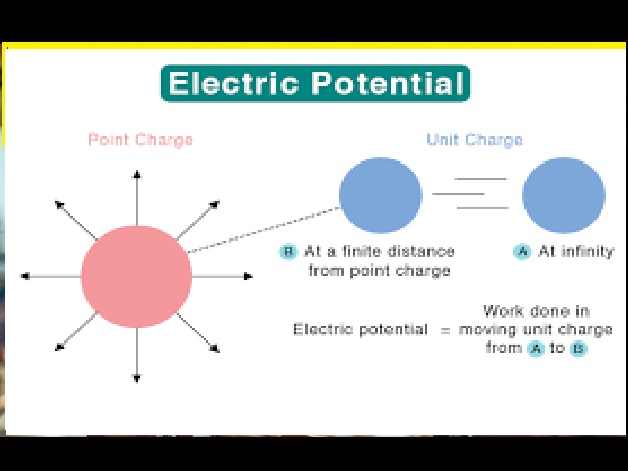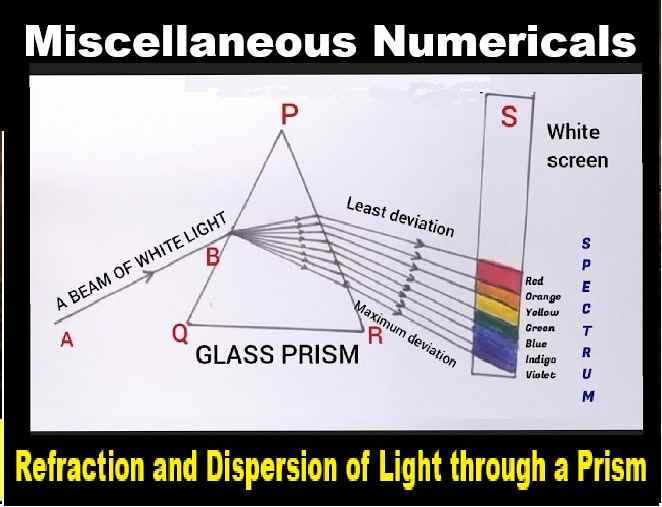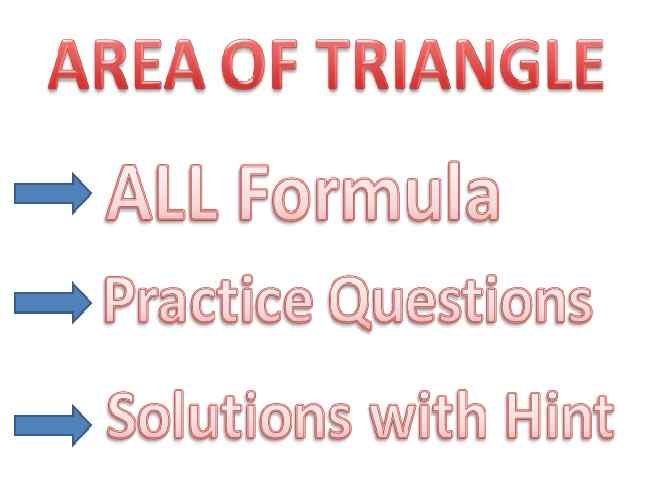Numericals on Electric Potential for Class-12 Physics ISC Nootan Solutions Ch-3. Step by step solutions of Kumar and Mittal Physics of Nageen Prakashan as council latest prescribe guideline for upcoming exam. Visit official Website CISCE for detail information about ISC Board Class-12 Physics.

Numericals on Electric Potential for Class-12 Physics ISC Nootan Solutions Ch-3
| Board | ISC |
| Class | 12 |
| Subject | Physics |
| Book | Nootan |
| Chapter-3 | Electric Potential |
| Topics | Numerical on Electric Potential |
| Academic Session | 2025-2026 |
Miscellaneous Numerical on Electric Potential
( Class-12 Physics ISC Nootan Solutions Ch-3)
Que-33: Compute the electric potential at the surface of the nucleus of a silver atom. The radius of the nucleus is 3.4 x 10^-14 m and the atomic number of silver is 47.
Ans: atomic number of silver is 47
∴ Charge on its nucleolus = 47 x 1.6 x 10^-19
∴ Electric potential at its surface
V = k q/r
=> 9 x 10^9 x 47 x 1.6 x 10^-19 / 3.4 x 10^-14
=> 2 x 10^6 volt
Que-34: A hollow metallic sphere of 0.1 m radius is given a charge of 12 µC. Calculate the potential at the surface and at the centre of the sphere.
Ans: Potential at hollow sphere
V = k q/r
=> 9 x 10^9 x 12 x 10^6 / 0.1
=> 1.08 x 10^6 V
Que-35: A hollow spherical conductor of radius 12 cm is given a charge of 2.4 x 10^-9 C. (i) Calculate the potential on the surface of the conductor. (ii) Calculate the intensity of electric field in air at a distance of 4 m from the centre of the sphere.
Ans: V = k q/R
=> 9 x 10^9 x 2.4 x 10^-9 / 12 x 10^-2
=> 180 V
(ii) Electric Field
E = k q/r^2
=> 9 x 10^9 x 2.4 x 10^-9 / 4
=> 1.35 V/m
Que-36: The electric potential due to a hollow, charged metallic sphere of radius 12 cm at a point distant 6.0 cm from its centre is 100 V. Calculate the potential at the surface of the sphere and at a point 20 cm from the centre.
Ans: given R = 12 x 10^-2 m
V = 100 volt
A hollow sphere is a equipotential object Therefore Potential at surface as well as inside = 100 volt
again V = k Q/R
=> 9 x 10^9 x Q / 12 x 10^-2 = 100
=> Q = 12 x 10^-2 x 100 / 9 x 10^9
=> 12/9 x 10^-9 C
(ii) again Potential at 20 cm from centre of sphere
V = k Q/r
=> 9 x 10^9 x 12/9 x 10^-9 x 1/20×10^-2
=> 80 volt
Que-37: The electric potential due to a charged sphere of radius 2.0 cm is 400 V at a distance of 10 cm from the centre. What will be the electric field at a distance of 20 cm from the centre of the sphere?
Ans: P = 2 x 10^-2 m V = 400 V r = 10 cm
V = k q/r
=> 9 x 10^9 x q / 10 x 10^-2 = 400
=> q = 400 x 10 x 10^-2 / 9 x 10^9
again E.f = k q/r^2
=> 9 x 10^9 x 400 x10 x 10^-2 / 9 x 10^9 x (20 x 10^-2)^2
=> 1000 V/m
Que-38: Eight charged drops of water, each of radius 1 mm and having a charge of 10^-10 C, combine to form a bigger drop. Determine the potential of the bigger drop.
Ans: radius of small drop = 1 x 10^-3 m
charge on small drop = 10^-10 C
Let radius of bigger drop is R
Then 8 x volume of smaller drop = volume of one big drop
=> 8 x 4/3 x (1 x 10^-3)π^3 = 4/3 π R^3
=> R = 2 x 1 x 10^-3 m
charge on big drop = 8 x 10^-10 C
∴ Potential at big drop = k Q/R
=> 9 x 10^9 x 8 x 10^-10 / 2 x 10^-3
=> 3600 volt
Que-39: 27 identical drops of mercury are charged to the same potential of 10 V. What will be the potential if all the charged drops are made to combine to form one large drop? Assume the drops to be spherical.
Ans: Let radius of small drop is r and bigger drop is R
then 4/3π R^3 = 4/3 π r^3 x 27
R = 3r
again potential at smaller drop
10 = k q/r —-(i)
Let potential on big drop is V
then V = k Q/R
=> k x 27 x q / 3r {27 drops are combined}
=> V = 9 (k . q/r)
=> V = 9 x 10 = 90 V
Que-40: 64 identical spherical drops of water combine to form a bigger drop. If this big drop has potential 64 V then determine the potential of each small drop?
Ans: The volume of the large drop is equal to the sum of the volumes of 64 small drops.
V big = 64⋅V small
if r is the radius of small drop and R is the radius of the big drop
=> 4/3 π R^3 = 64 . 4/3 πr^3
=> R = 4r
The potential V of Spherical drop is given by
=> V = kQ/r
For the large drop
=> V big = kQ big / R
since charge is conserved, Q big = 64 Q small
Given V big = 64 V and R = 4r
=> 64 V = k . 64 Q small / 4r
=> V small = 64 V / 16 = 4 V
Que-41: Calculate the voltage needed to balance an oil drop carrying 10 electrons between the plates of a capacitor 5 mm apart. The mass of the drop is 3 x 10^-16 kg and g = 10 ms^-2.
Ans: Force required to balance the drop
=> F = qE = mg
=> E = mg/q
but E = V/d = mg/q {m = 3 x 10^-16}
=> V = mgd/q
=> 3 x 10^-16 x 10 x 5 x 10^-3 / 10 x 1.6 x 10^-19
=> 15 / 1.6
=> 9.4 V
≈ 10 V
— : End Numericals on Electric Potential for Class-12 Physics ISC Nootan Solutions Ch-3 :–
Return to : – Nootan Solutions for ISC Class-12 Physics
Thanks
Please share with your friends


